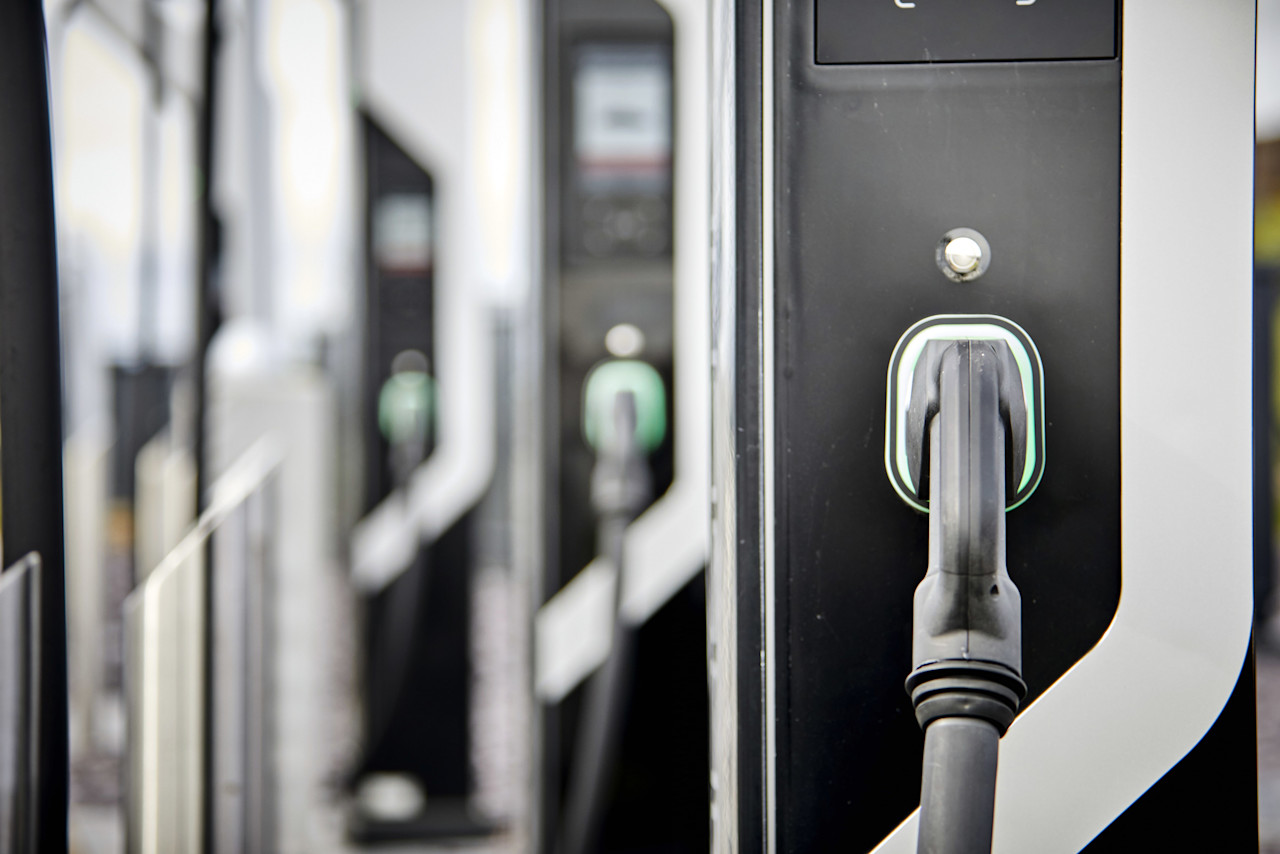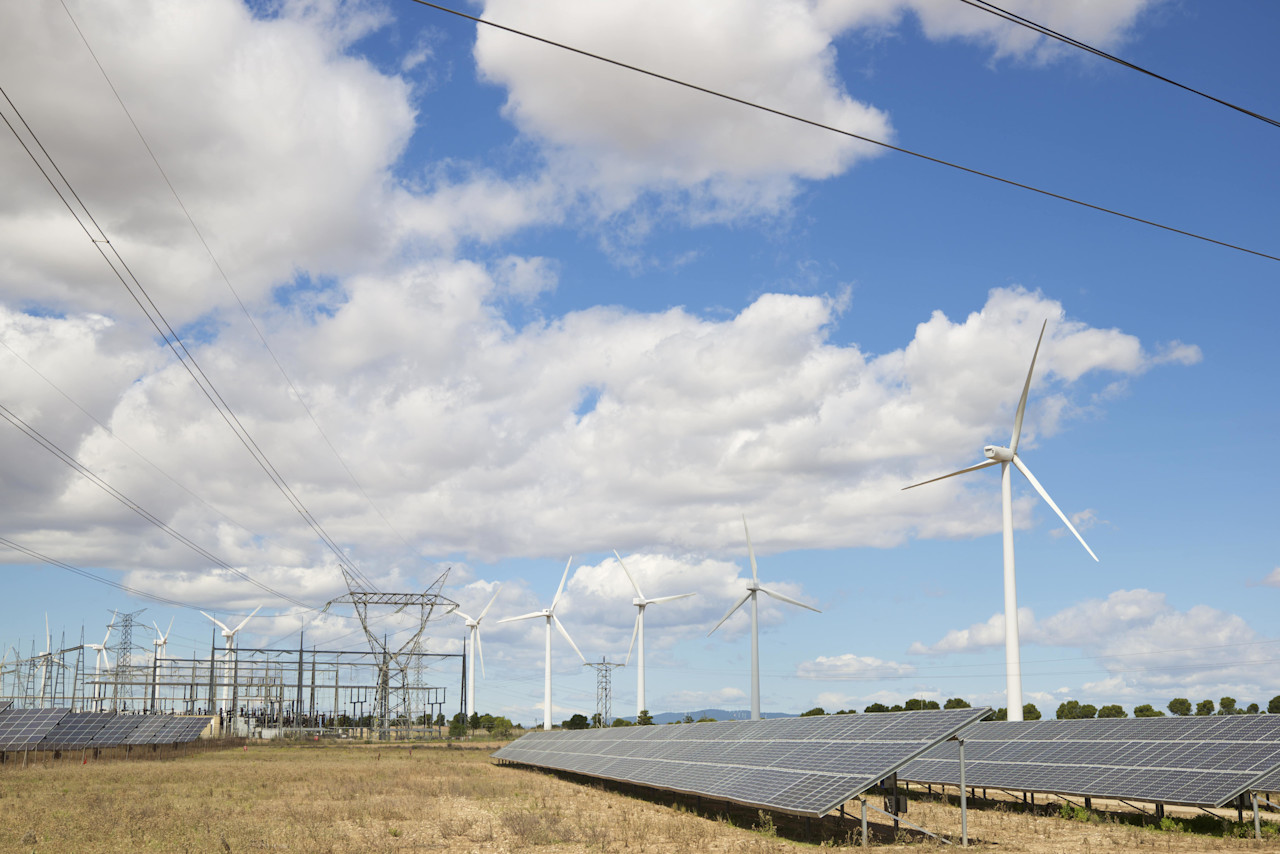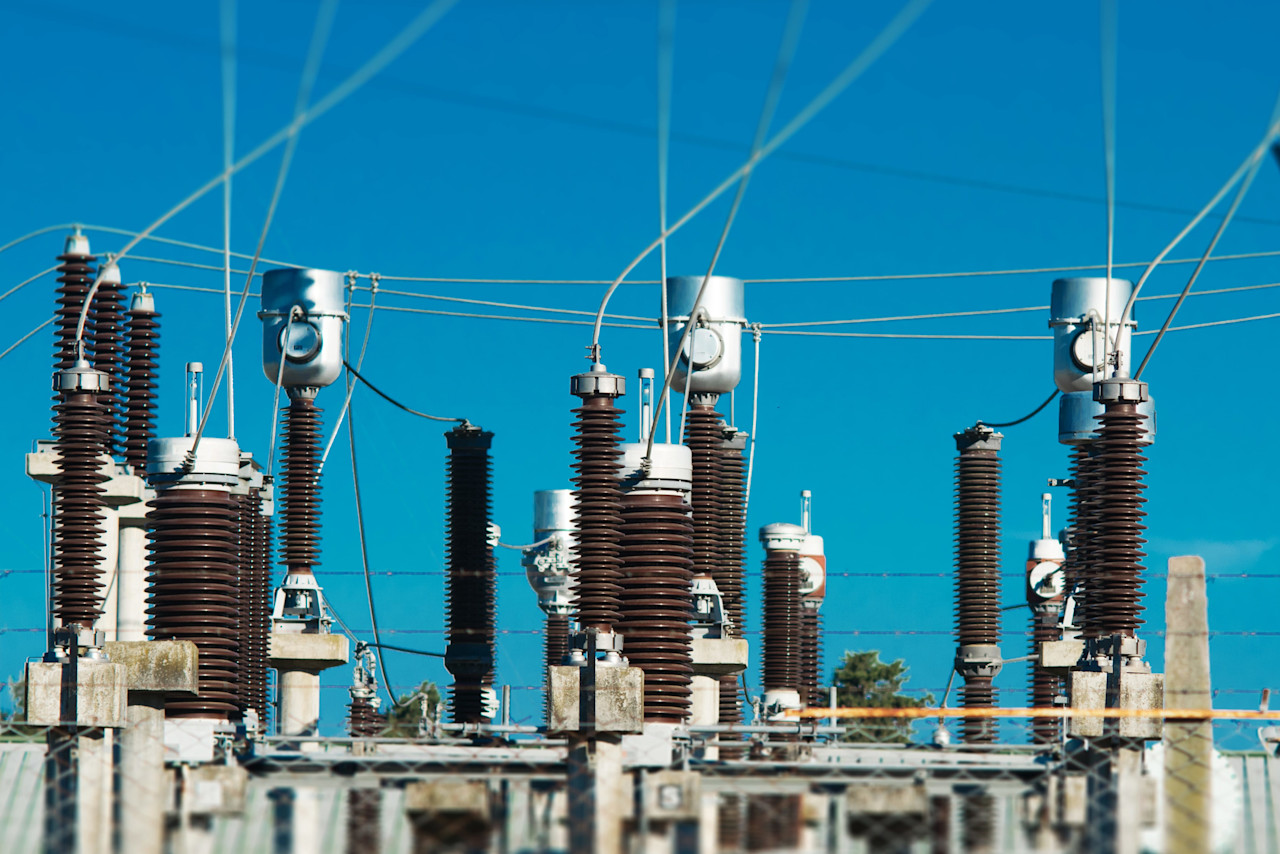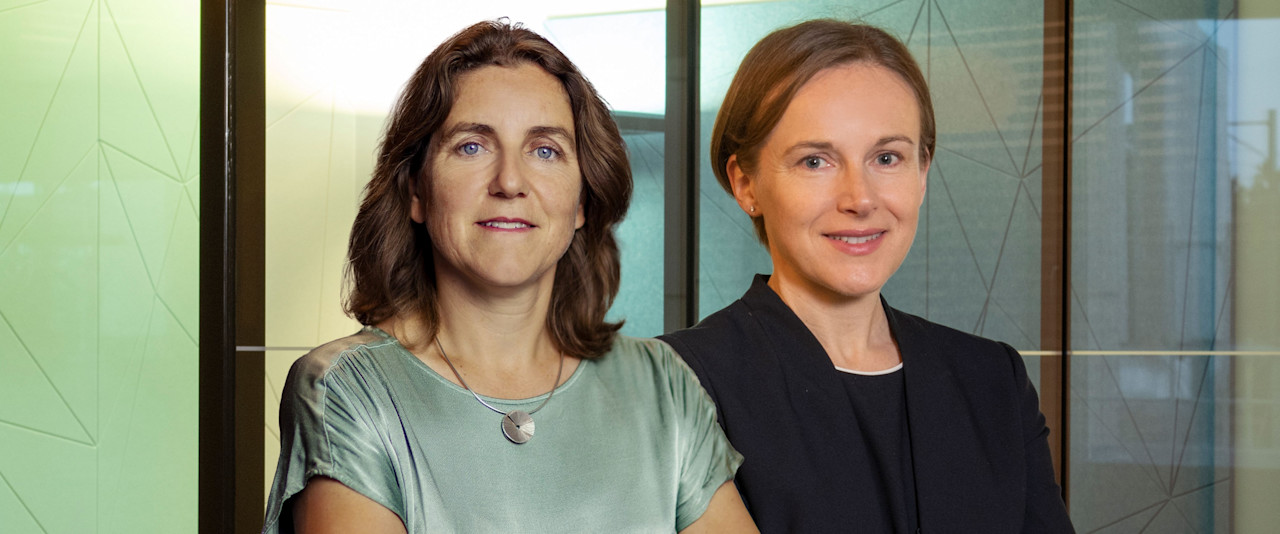Scope 1,2 and 3 emissions are greenhouse gas emissions that cause carbon footprints. As their name suggests, they are measured in three ways, according to how they were created:
Scope 1 emissions are those that are directly generated by the company, such as an airline emitting exhaust fumes.
Scope 2 emissions are those that are created by the generation of the electricity or heat needed by the company to sell its main products or provide its main services.
Scope 3 emissions are those caused by the entire value chain, including the end-user of the product over its life cycle, and are much more difficult to measure.
The use of scopes is important, as it allows investors to identify the true causes of emissions and suggest means of reducing them through engagement. An electricity utility would have relatively low Scope 1 emissions caused by its infrastructure or grid, but high Scope 2 emissions if its power came from the burning of fossil fuels rather than renewable sources.

Générer des performances qui profiteront à tous
A carmaker is an anomaly, since it would have relatively low Scope 1 and 2 emissions for making the car, but the user of the vehicle would burn petrol to run the car over many years, causing very high Scope 3 emissions.
While Scope 1 and 2 data are relatively easy to acquire, it can be very difficult to measure Scope 3 data; in the example of the car user, one could not know how many kilometers it would be driven. More forward-looking metrics are necessary to truly measure carbon footprints, both in terms of companies’ products and services, and their entire value chains.



















